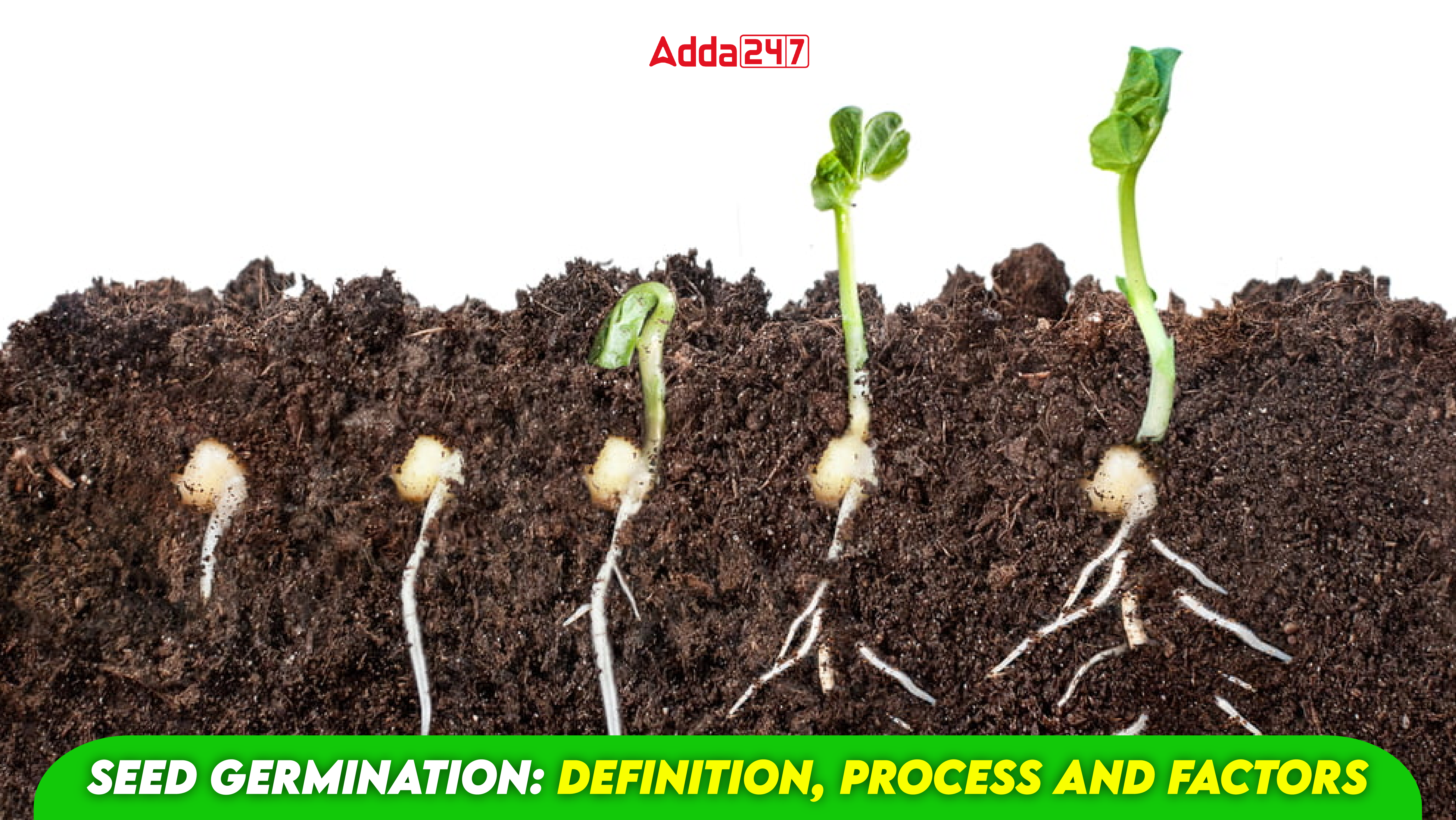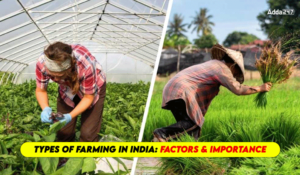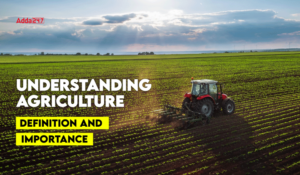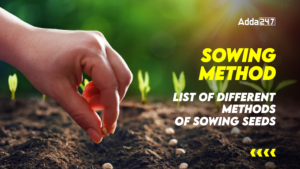The plant life cycle starts with a seed. A tough outer layer is called the outer coat and inside the seed is an embryo. Seed germination is equal to the beginning of a plant. It happens when a seed gets uprooted and starts growing into a plant. This process can be sped up or halted by some factors such as temperature, light, and water. Understanding these factors and processes can help farmers grow better crops and gardeners flourish. Let us take a closer look at the mechanisms underlying seed germination.
Seed Germination
A seed is a plant that has been preserved in its seed coat during the embryonic stage. In addition to a plant embryo, most plant species have food reserves in their seeds. When the soil reaches the proper temperature and moisture level for growth seeds awaken. The collection of metabolic activities that lead to the development of a new seedling is referred to as seed germination. A radicle protrusion or the emergence of a seedling is called germination. The embryonic axis experiences the rupture of the seed coat leading to the emergence of seedlings.

Seed Germination Process
Seed germination is the process through which a dormant seed awakens and starts to grow into a plant. It is amazing to watch how a seed absorbs water, splits open, and grows tiny roots and shoots. Well, discover what and how this is made possible. Now let’s learn the interesting field of seed germination. There are several steps involved.
- Inhibition: At the beginning of seed germination inhibition is the process by which a seed absorbs water through its outer seed coat. The metabolic processes of the seed are triggered by this process causing it to swell. Furthermore, imbibition softens the seed coat making it easier for the emerging seedlings to penetrate.
- Enzyme Activation: The seed’s dormant enzymes are triggered by the introduction of water. These enzymes facilitate biochemical processes that reduce complex molecules like proteins, lipids, and starches that are stored in seeds to simpler forms that the developing embryo can utilize for nourishment.
- Respiration: The embryo initiates cellular respiration to generate energy (in the form of ATP) for growth when metabolic activity rises. Carbon dioxide is released as a byproduct and oxygen from the surrounding environment is used.
- Emergence of the Radicle: The embryonic root or radicle is the first structure to emerge from the seed. Rooting itself deeper into the ground it takes up water and nutrients from the soil while stabilizing the seedling.
- Shoot Emergence: The shoot starts to rise toward the surface after the radicle emerges. The embryonic stem (hypocotyl) and the initial set of leaves (cotyledons) make up the shoot. The cotyledons may enlarge and turn green as the shoot pokes out of the ground starting photosynthesis.
- Root and Shoot Growth: The establishment of the radicle and shoot leads to the subsequent growth of the root and shoot. Aside from the shoot growing longer and producing more leaves the root system branches out to search the soil for nutrients and water. Different from cotyledons the true leaves grow and aid in photosynthesis.
- Establishment of Seedling: As the seedling grows it takes up residence in its surroundings. As it grows older and becomes more capable of reproducing it contends with nearby plants for resources and endures environmental hardships.

Factors Affecting Seed Germination
Various factors affect the process of seed germination. Let’s get some knowledge about each in detail:
- Water: For a seed, water is like the alarm clock. It initiates growth by triggering the breakdown of food reserves within the seed by enzymes. Seeds won’t wake up and germination won’t occur without enough water.
- Temperature: Seeds have temperature sensitivity. Some people prefer it cool while others prefer it warm. Yet in general for them to awaken and begin growing the proper temperature is required. Some seeds may not germinate at all in extreme heat or cold.
- Oxygen: For seeds to breathe oxygen is important just like humans do. That facilitates their growth by allowing them to consume the food that has been stored. Proper growth of seeds is hindered by insufficient oxygen in the soil or growing medium.
- Light: While some seeds prefer darkness others require light to germinate and begin growing. The species determines this. Certain seeds use light as a signal to begin their journey while others use darkness to do the same. Certain seeds possess an outer layer of protection or unique systems that enable them to hibernate for extended periods. To come to life and begin to germinate they require specific circumstances such as scratching the seed coat or being in a cold environment.
- Soil pH: In addition to indicating the soil’s acidity or alkalinity soil pH has an impact on germination. Most plants prefer conditions that are neutral to slightly acidic. Germination may be hampered by excessively acidic or alkaline soil.
- Type of Soil: There are other factors to consider. Some types of soil retain too much water which can cause seeds to drown. Others cause seeds to become thirsty by removing water too quickly. Achieving the ideal balance is essential for successful germination.
- Seed Quality: A significant factor is the age and condition of the seed. Some seeds if damaged or old may never sprout. There is a greater chance of germination for fresh healthy seeds.
- Microorganisms: To wake up and begin growing some seeds require assistance from microscopic microbes in the soil. These small assistants disintegrate seed coats or supply vital nutrients needed for germination. Certain seeds contain chemicals called inhibitors or growth promoters that can either slow down or accelerate germination. These substances can accelerate seed growth or halt germination until the ideal conditions are met.



 Types of Farming in India: Factors and I...
Types of Farming in India: Factors and I...
 Understanding Agriculture: Definition an...
Understanding Agriculture: Definition an...
 Sowing Method: List of Different Methods...
Sowing Method: List of Different Methods...




 Adda247 Job portal has complete information about all Sarkari Jobs and Naukri Alerts, its latest recruitment notifications, from all state and national level jobs and their updates.
Adda247 Job portal has complete information about all Sarkari Jobs and Naukri Alerts, its latest recruitment notifications, from all state and national level jobs and their updates.



